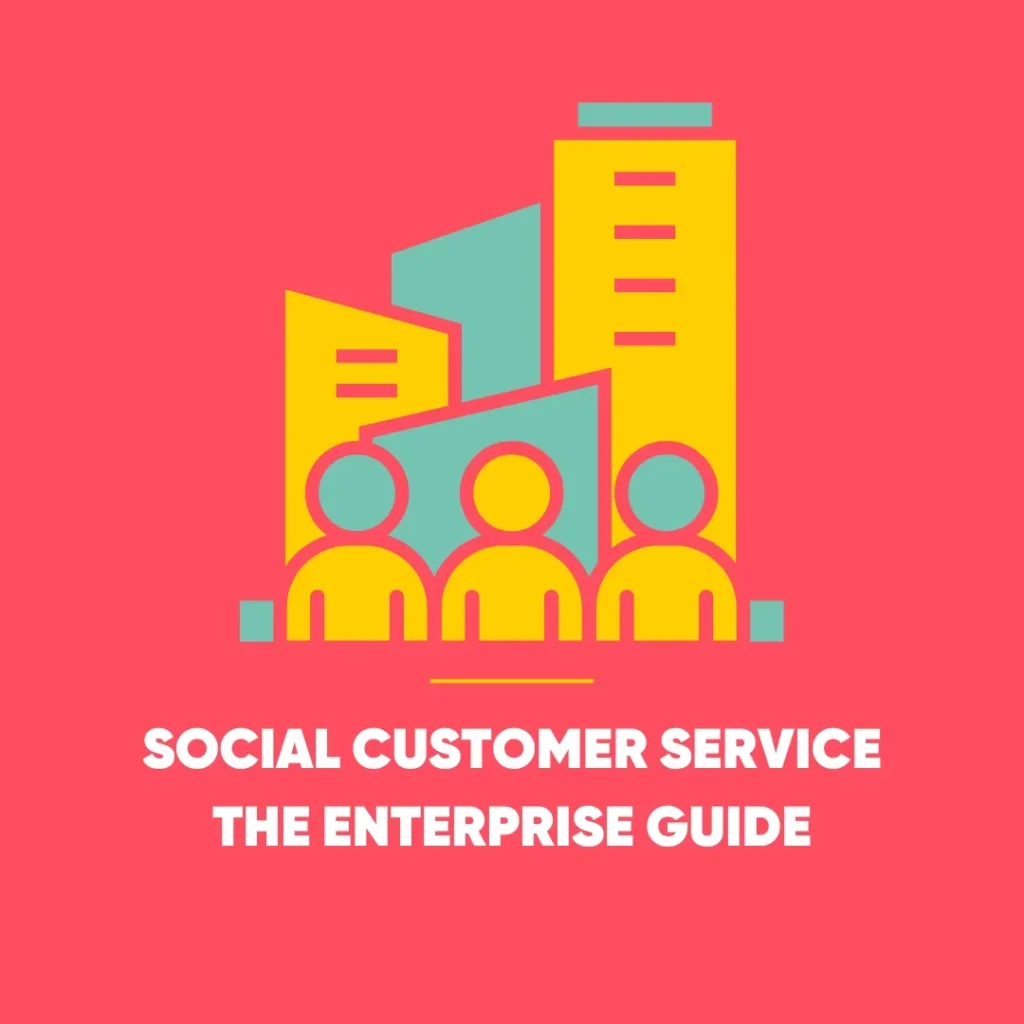Multilingual SEO Strategy: A Comprehensive Guide
Introduction to Multilingual SEO
Have you wondered how businesses overcome language barriers and succeed globally with a multilingual SEO strategy? The secret lies in a robust strategy known as multilingual SEO; in addition, this approach ensures effective global reach.
Defining Multilingual SEO
At its core, multilingual SEO is a strategic approach designed to optimise a website for various languages, allowing businesses to reach a broader global audience. For instance, if a company aims to enter the Japanese market, merely having a site in English will not suffice. To attract Japanese users and align with local search engines, the company must implement multilingual SEO strategies to translate and optimise its content effectively.
Without speaking the language of your potential customers, your competitors will likely seize the opportunity. Multilingual SEO not only opens doors to global markets but also enhances brand visibility and drives increased traffic to your site.
Key Insights into Multilingual SEO
Global Reach
Multilingual SEO is crucial for achieving a global presence; moreover, it ensures that your website ranks in search results across different languages, thus helping you attract a wider audience.
Language-Specific Keyword Research
Conducting thorough keyword research for each language is crucial, especially when implementing a multilingual SEO strategy. Understanding cultural nuances and search habits in your target markets is essential for identifying effective keywords.
Optimising Website Elements
Ensure all website elements, including meta tags, content, URLs, and sitemaps, are optimised for each language.
Technical Aspects
When implementing a multilingual SEO strategy, it’s important to choose the appropriate website architecture, ensure quick loading times, and, moreover, use language switchers and redirects efficiently.
Quality Translations
Invest in professional translators who comprehend cultural subtleties, rather than relying on machine translations.
Multilingual SEO vs. International SEO
While multilingual SEO and international SEO are interrelated, they serve distinct purposes.
Multilingual SEO
Multilingual SEO focuses on making your website accessible to speakers of different languages. For example, a global clothing brand like Nike would need to ensure its website is discoverable in various languages, such as English, Spanish, and Portuguese. This is achieved by adapting content to each language, so users searching for ‘sneakers’ in English, ‘zapatillas’ in Spanish, or ‘tênis’ in Portuguese can find relevant information.
International SEO
International SEO, however, goes beyond language and aims to tailor the website experience for specific countries or regions. For instance, Adidas may create separate websites for Spain and Mexico, even though both countries use Spanish. This is because each region has unique variations of the Spanish language and different cultural interests and online behaviours.
- Spanish Website (adidas.es): Utilises European Spanish, focuses on local sports such as football and tennis.
- Mexican Website (adidas.mx): Employs Mexican Spanish, incorporates local slang, and highlights sports relevant to Mexican audiences.
International SEO involves personalising the entire website experience to cater to regional preferences, making each audience feel understood and engaged.
Benefits of Multilingual SEO
Think of multilingual SEO as your gateway to global success; furthermore, it opens doors to new opportunities and markets. Here are some advantages it offers:
Enhanced Online Visibility and Traffic
By optimising your site in multiple languages, you increase its chances of appearing in various search results, attracting a broader audience and driving more traffic.
Improved User Experience
Visitors are more inclined to stay and interact with your site if it is in their native language; consequently, this builds trust and enhances their experience.
Higher Conversion Rates
When users fully understand your products or services, they are more likely to convert. Multilingual SEO breaks down language barriers, leading to increased sales and revenue.
Competitive Advantage
If your competitors aren’t catering to your potential customers’ languages, you have a significant opportunity to capture their attention.
Ultimately, multilingual SEO is about more than just translation. It’s about connecting with customers more deeply, enhancing your brand’s reputation, and unlocking new opportunities on a global scale.
Implementing Multilingual SEO
Effective multilingual SEO involves several key steps:
1. Conduct Keyword Research
Keyword research is fundamental to any SEO strategy, and it’s even more critical for multilingual SEO. Different languages come with varying search terms and phrases. To identify the right keywords for each language, consider the following strategies:
Start with Existing Keywords
Check if your top-performing keywords have search volume when translated into your target language. This can provide a useful starting point.
Analyse Competitors
Investigate the keywords your competitors are ranking for in the target market. This can reveal potential opportunities for you.
Understand Your Audience
Consider the needs and interests of your target audience in each language. Look for keywords that align with their search behaviour and your offerings.
Once you have identified target keywords, delve into cultural nuances and search habits for each language.
2. Embrace Cultural Nuances and Search Habits
Understanding cultural context is essential. Research the preferences, values, and slang terms used in your target markets. For example, in Italy, “scarpe da ginnastica” refers to sneakers, whereas English speakers commonly use “sneakers”.
Local Preferences
Collaborate with native speakers; additionally, explore local online forums to better understand commonly used search terms.
Search Engine Preferences
Recognise that search engines vary by country. For instance, Google dominates in many regions, but Baidu is popular in China and Yandex in Russia. Tailor your keywords to match these regional search habits.
3. Utilise Language-Specific Tools
SEO tools tailored for different languages and regions can help you discover effective keywords. Tools like Ubersuggest and SEMrush provide insights into various languages; moreover, they reveal keywords that your competitors might overlook.
Keyword Analysis
After compiling a list of keywords, assess their search volume and competition levels. High-volume, low-competition keywords are often the most valuable.
4. Implement On-Page Optimisations
With multilingual keywords in hand, focus on optimising your website:
Language-Specific URLs and Sitemaps
Create separate URLs for each language version (e.g., /es/ for Spanish) and corresponding sitemaps. This helps search engines identify and index the different language versions accurately.
Optimised Meta Tags
Develop unique meta titles and descriptions for each language version, incorporating relevant keywords naturally.
Translated and Localised Content
Avoid machine translations; instead, use professional human translators to ensure your content resonates with local audiences.
Hreflang Tags
Use hreflang tags to indicate the language of your pages to search engines, which is essential for a successful multilingual SEO strategy and ensures the correct version appears in search results. For instance, the Spanish version of your site would include hreflang tags to signal its relevance.
5. Leverage Off-Page Optimisations
Boost your website’s authority in different languages through off-page SEO:
Build High-Quality Backlinks
Acquire backlinks from reputable sites in your target languages; in addition, focus on building relationships with these sites to strengthen your authority.
Utilise Local Directories
Submit your site to local directories and business listings in each target market; consequently, this will enhance visibility
Collaborate with Influencers
Partner with influencers and publishers in your target regions to reach a wider audience and build credibility.
6. Address Technical Considerations
The technical aspects of your website are crucial for multilingual SEO:
Website Architecture
Choose a structure for your multilingual SEO strategy, such as subdomains, subdirectories, or ccTLDs, each with its advantages and challenges.
- Subdomains: Each language version gets a separate subdomain (e.g., es.yourwebsite.com for Spanish).
- Subdirectories: Each language version lives in a subdirectory (e.g., yourwebsite.com/es/ for Spanish).
- CcTLDs: Use country code top-level domains (e.g., yourwebsite.co.uk for the UK).
Site Speed and Performance
Ensure fast loading times across all language versions. Consider using a content delivery network (CDN) to enhance global performance.
Language Switchers and Redirects
Implement clear language switchers, and furthermore, consider automatic redirects based on user location or browser settings.
Multilingual Analytics
Set up analytics to track performance for each language version, helping you identify successful strategies and areas for improvement.
Best Practices for Multilingual SEO
To maximise the effectiveness of your multilingual SEO, keep these best practices in mind; furthermore, apply them consistently for optimal results:
Define Target Markets and Languages
Research and identify the languages with the most potential for your business, considering market size, demographics, and competition.
Invest in Quality Translations
Employ professional translators to capture the nuances of each language and adapt content to local contexts.
Avoid Duplicate Content
Ensure that each language version of your site has unique content to prevent confusion and, consequently, avoid potential ranking issues.
Optimise for Mobile
With increasing mobile usage globally, it’s essential to ensure your multilingual site is mobile-friendly and, moreover, provides a seamless experience across devices.
Conclusion
Multilingual SEO is more than just translating your website; it’s about crafting a strategy that speaks to customers in their native language and on their terms. By conducting thorough keyword research, optimising your website’s content and structure, and addressing technical details, you’re setting the stage for international success.
In conclusion, investing in multilingual SEO is akin to securing a passport for global growth. It opens doors to new markets, attracts more customers, and builds a brand that transcends borders. Begin implementing these strategies today, and as a result, watch your business flourish on the global stage.









